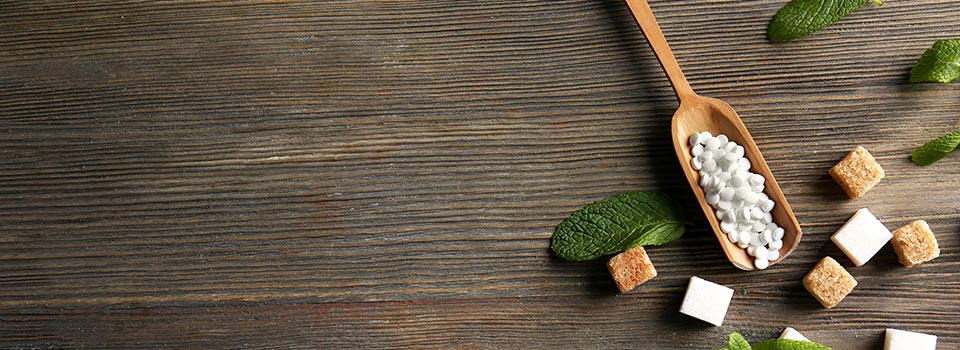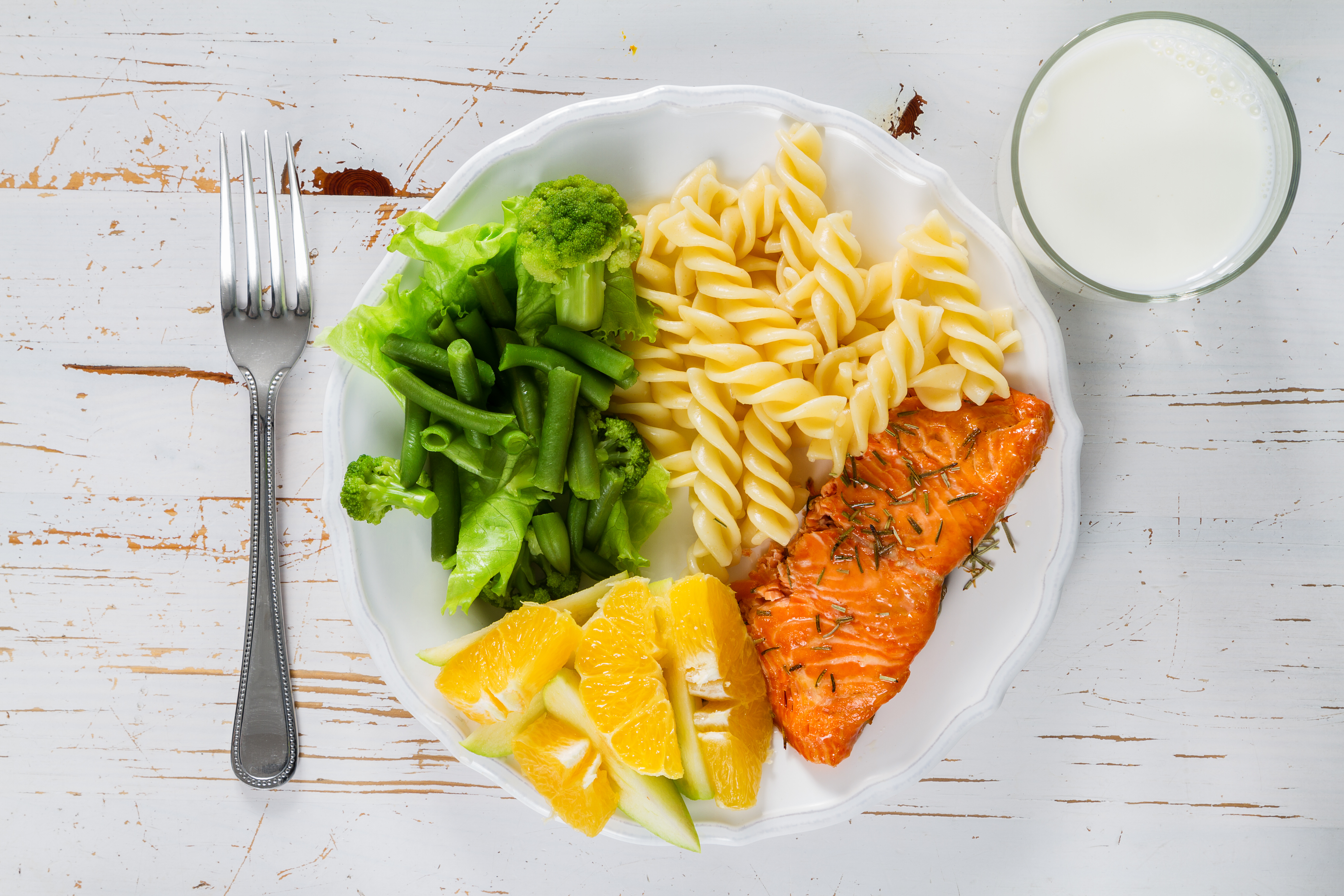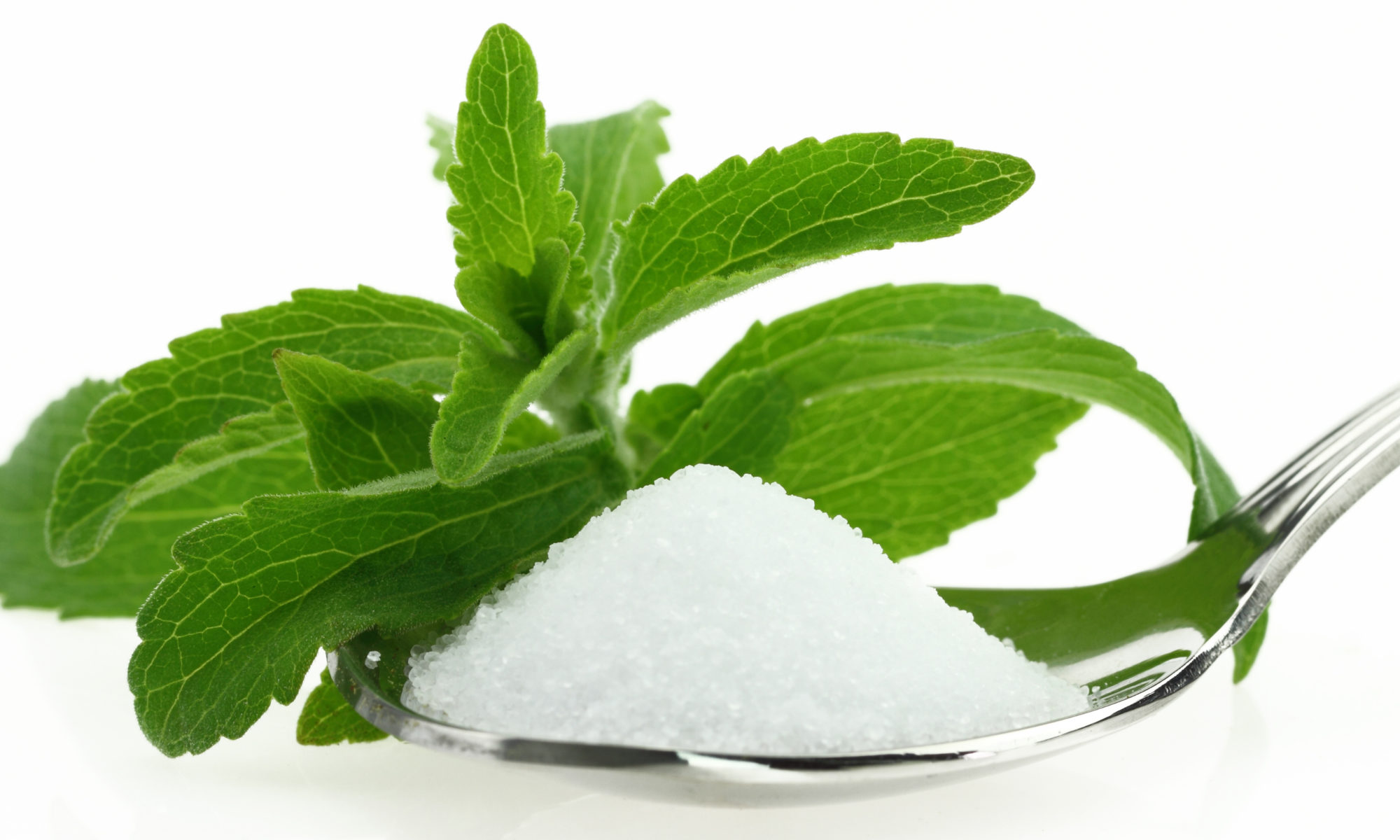Stevia…what do you know about it?
Wondering if you should use it in your coffee or tea?
Perhaps you are seeing the big bag in your local grocery store next to the sugar and you are wondering if it would work in your morning muffin recipe?
One thing is certain, stevia is gaining popularity and we are happy about that! But, we want to make sure consumers know everything they need to know about stevia and how to use it and incorporate it into their everyday lives.
Make sure to read our Facts page to learn even more about stevia as well as our Safety page. Calorie Control Council’s resident RD, Beth Hubrich, answered a few of the top questions consumers have.
What is stevia and is it safe?
Stevia, is a low-calorie sweetener made from the leaf of the stevia plant. Many people use it to sweeten their favorite foods and beverages instead of sugar to result in fewer calories. There are also many products in today’s marketplace that use stevia.
Does stevia have the same qualities when cooking and baking?
This is an important one to know with sweeteners. When cooking or baking with any low-calorie sweetener it is best to follow that manufacturers’ recipes and recommendations. Sugar provides more than just sweetness in recipes, it can also assist in browning, caramelizing, etc., so recipes will need to be adjusted accordingly. Furthermore, low-calorie sweeteners like stevia are hundreds of times sweeter than sugar, so just a small amount of stevia is needed to get the same sweetness as sugar. For some great recipes on stevia, check out our official Pinterest page here to find all types of recipes that use stevia!
Is stevia safe for people with diabetes?
Stevia is safe for people with diabetes and for others who are looking to control calories, carbohydrate and sugar intake. Before a low-calorie sweetener is allowed on the market it must be studied and proven to be safe, especially for the most vulnerable populations including people with diabetes, the elderly and children.

Beth Hubrich, MS, RD, LD Beth is well versed in clinical nutrition, food service, nutrition communications, and community and public health. She holds a B.S. in nutrition and food science from FSU and a Master’s in nutrition and food science from Texas Woman’s University. Beth has worked with CNN and has written forToday’s Dietitian and USA Today magazine. She is a member of the Academy of Nutrition and Dietetics (AND), as well as a founding member of the Weight Management and the Dietitians in Business and Communications dietetic practice groups.





 Carolyn Reynaud, MS, RD, LD is a licensed registered dietitian and a paid contributor to SteviaBenefits.org. She received her BS in nutrition from Michigan State University and her Masters and Certificate in Public Health from Georgia State University. She has experience working in several avenues of health care including corporate wellness, clinical disease management, research, and health promotion. She has been working as a health coach specialist for close to 6 years, where she counsels patients on preventative healthcare and helps them meet their health goals. Follow her on Twitter
Carolyn Reynaud, MS, RD, LD is a licensed registered dietitian and a paid contributor to SteviaBenefits.org. She received her BS in nutrition from Michigan State University and her Masters and Certificate in Public Health from Georgia State University. She has experience working in several avenues of health care including corporate wellness, clinical disease management, research, and health promotion. She has been working as a health coach specialist for close to 6 years, where she counsels patients on preventative healthcare and helps them meet their health goals. Follow her on Twitter 





